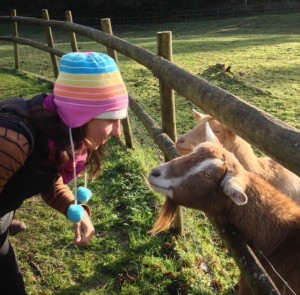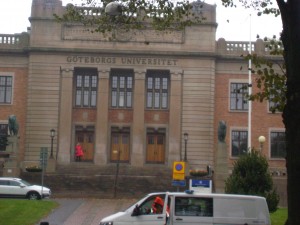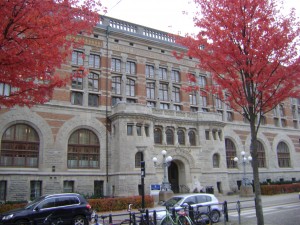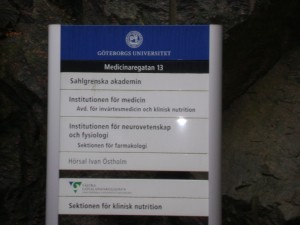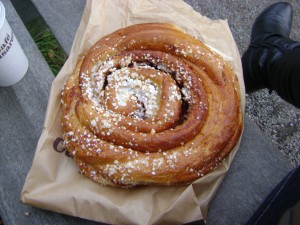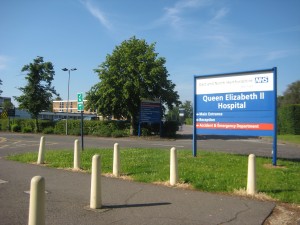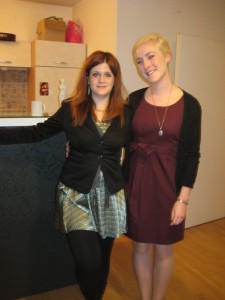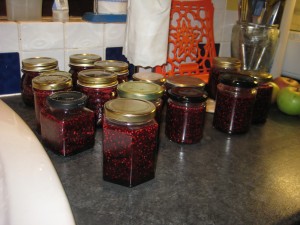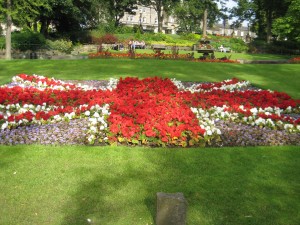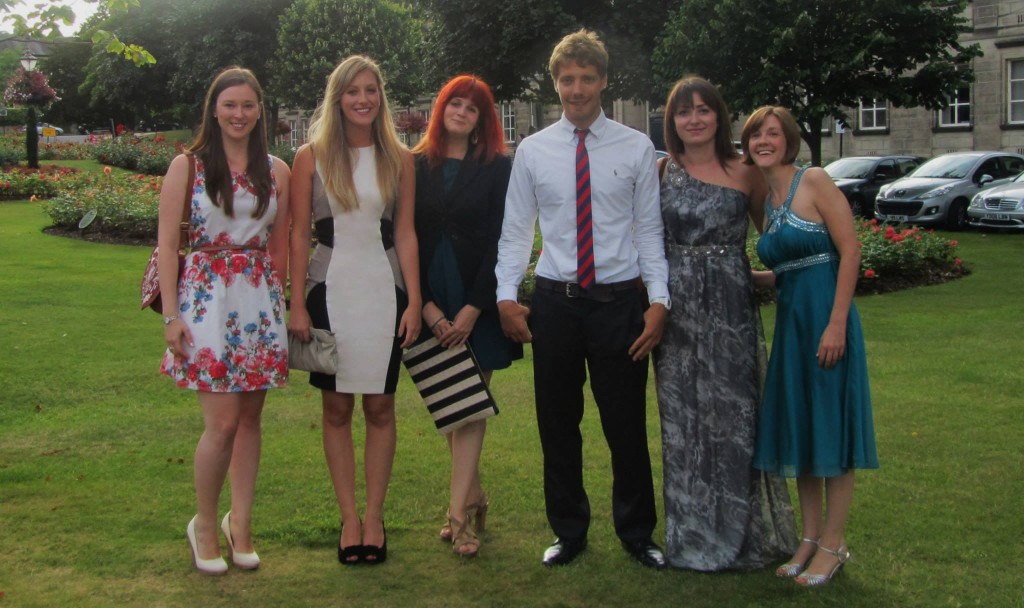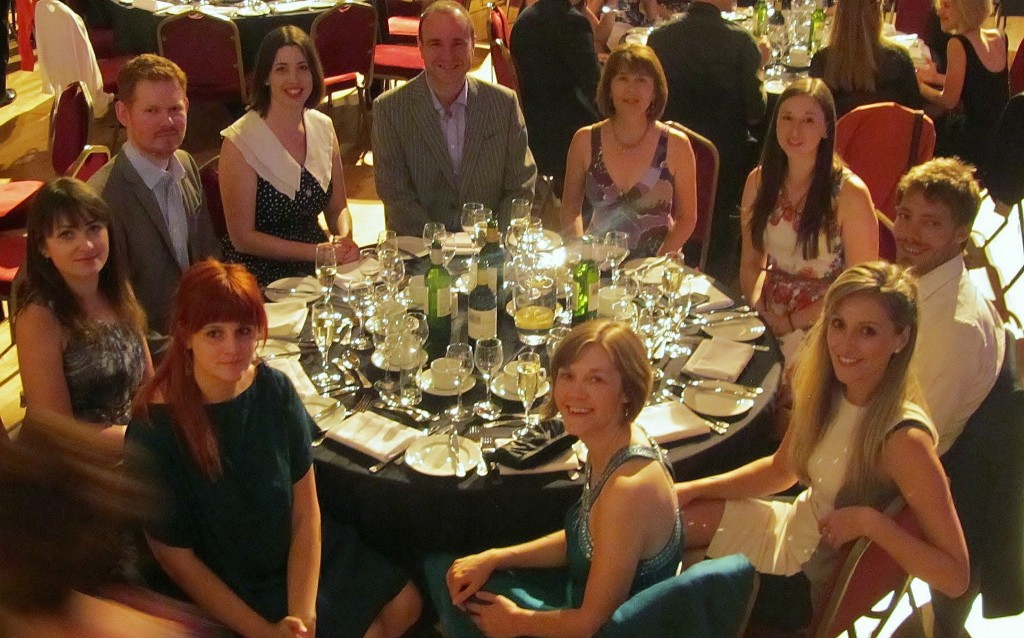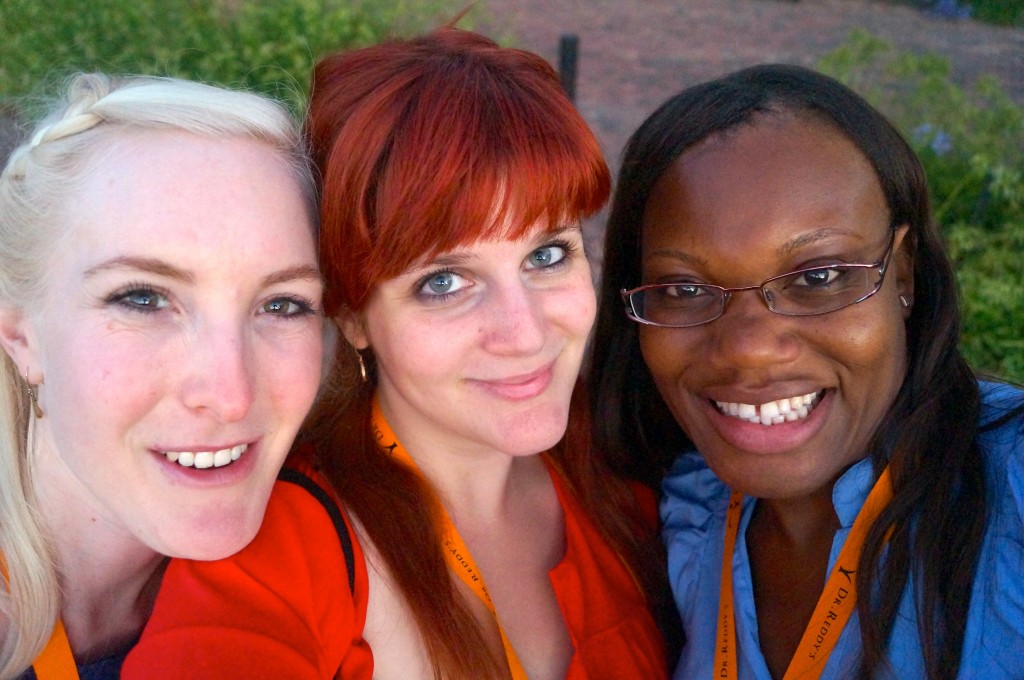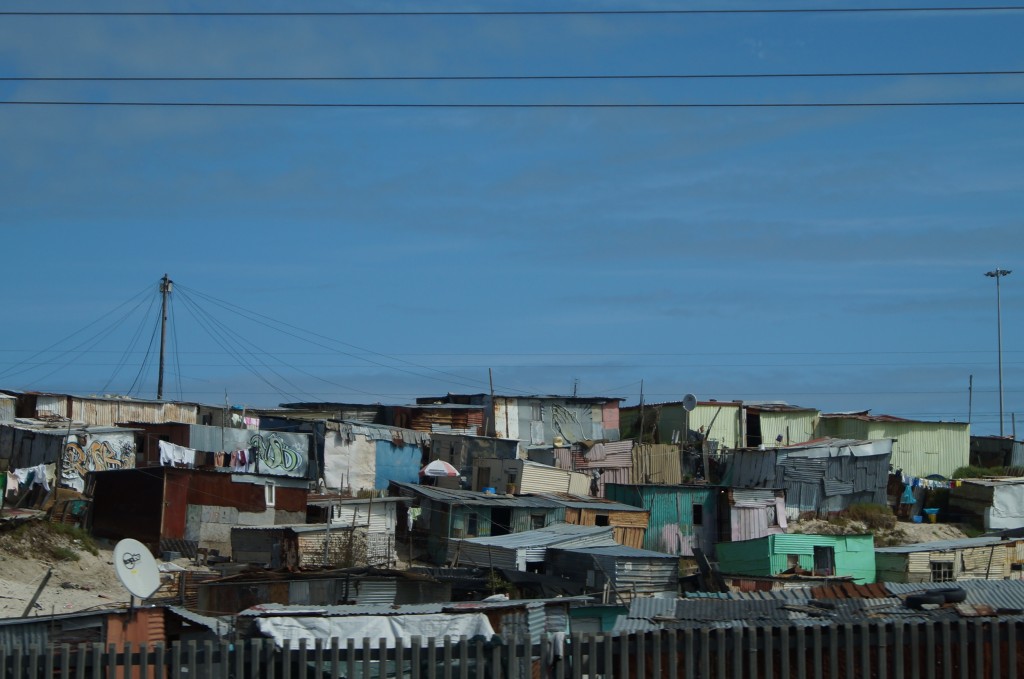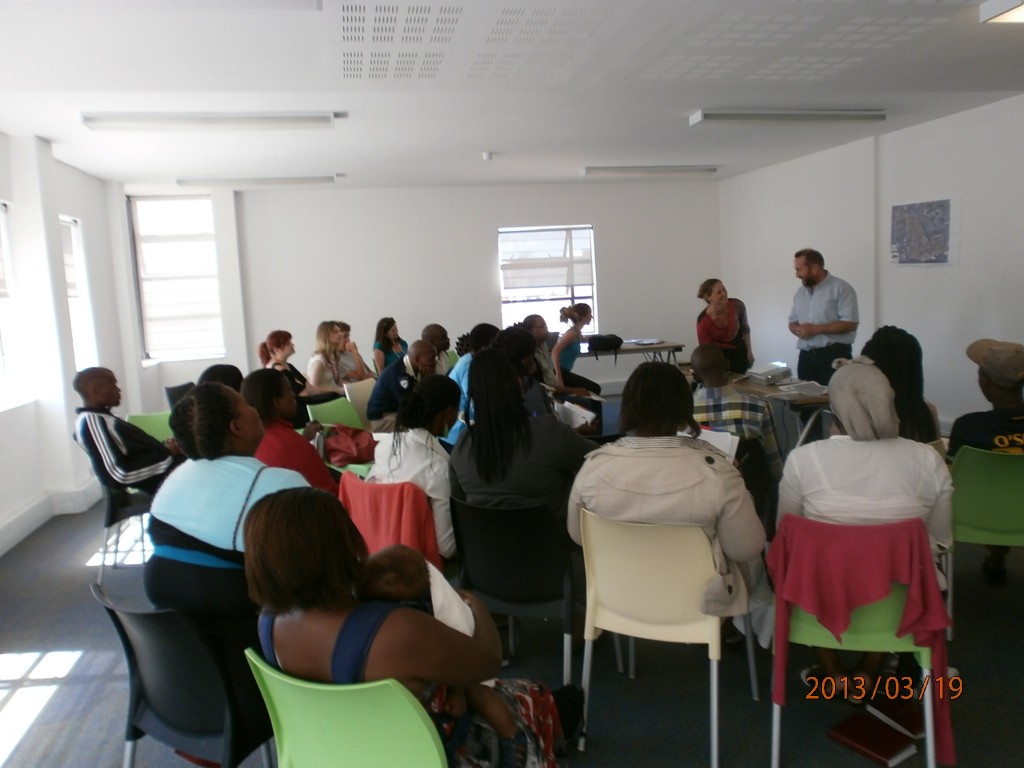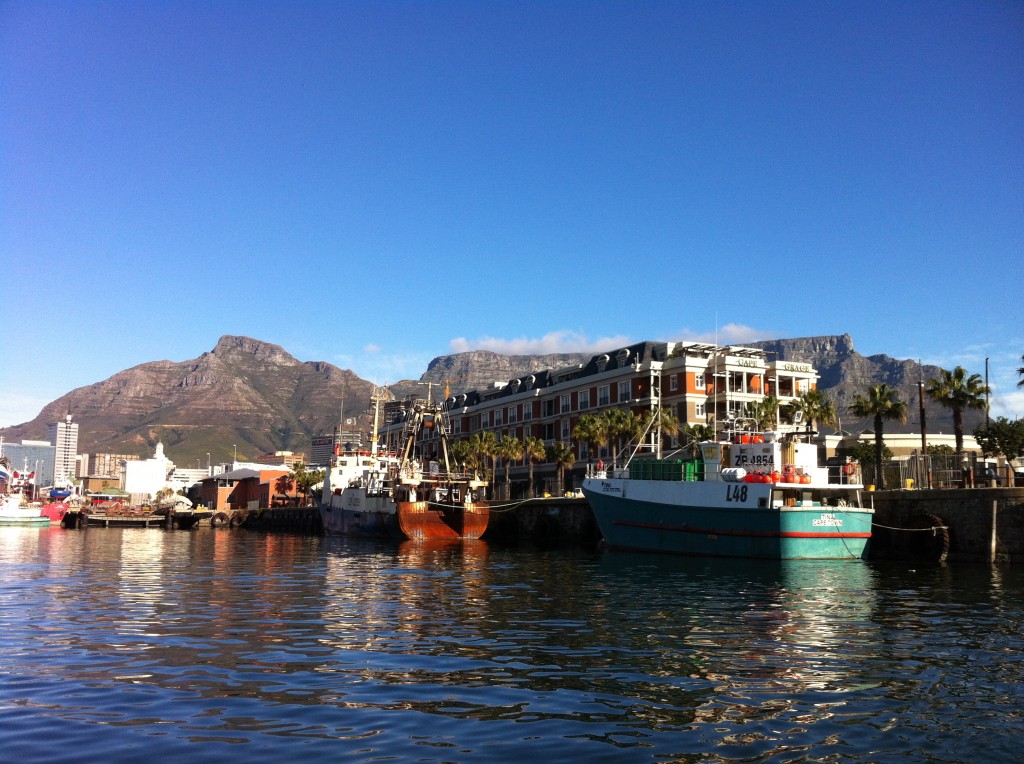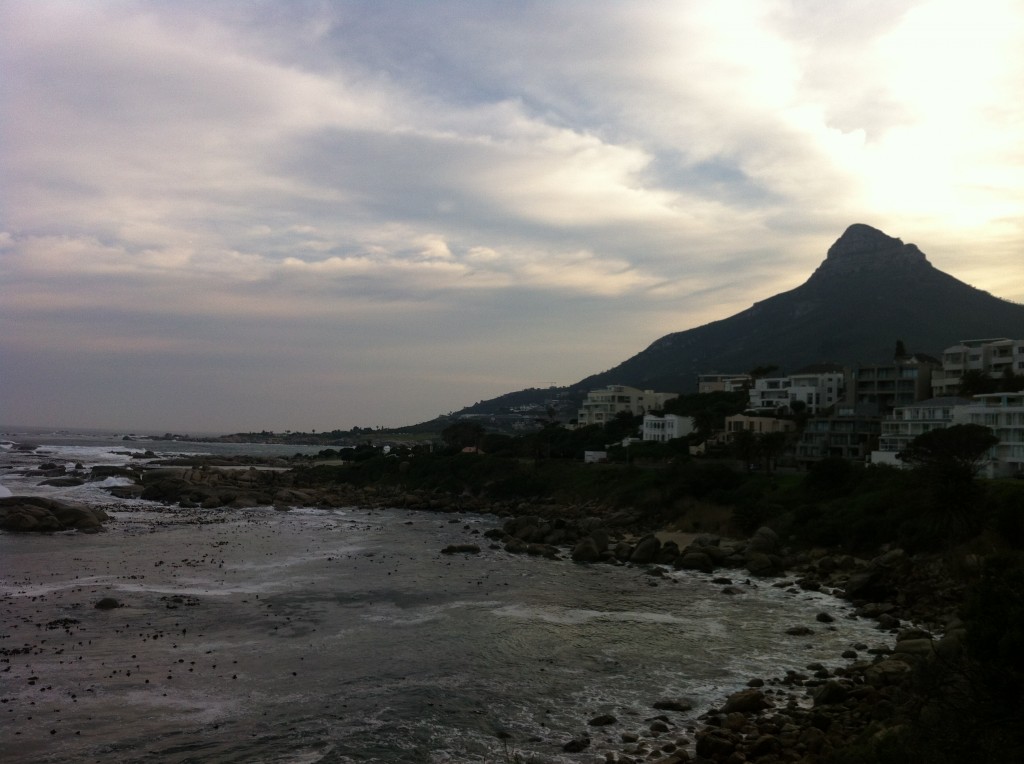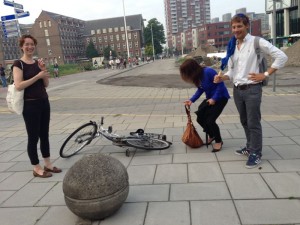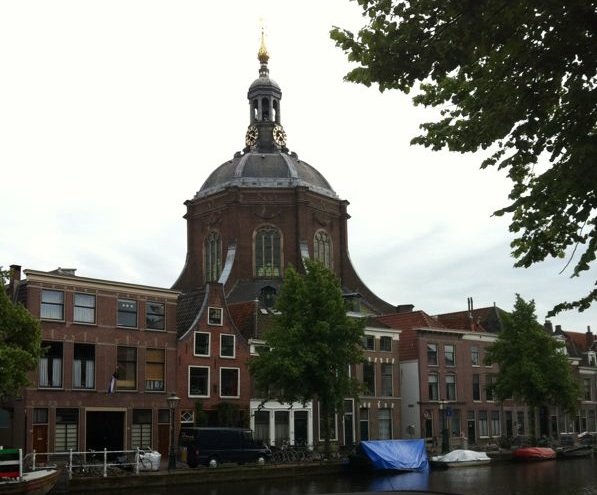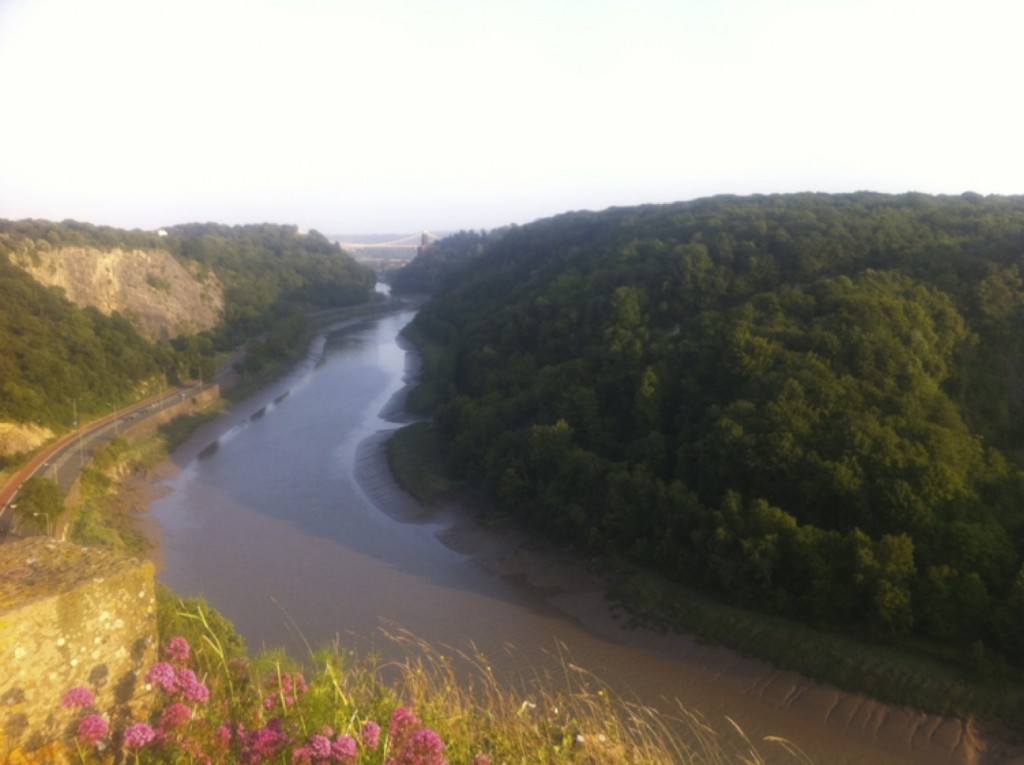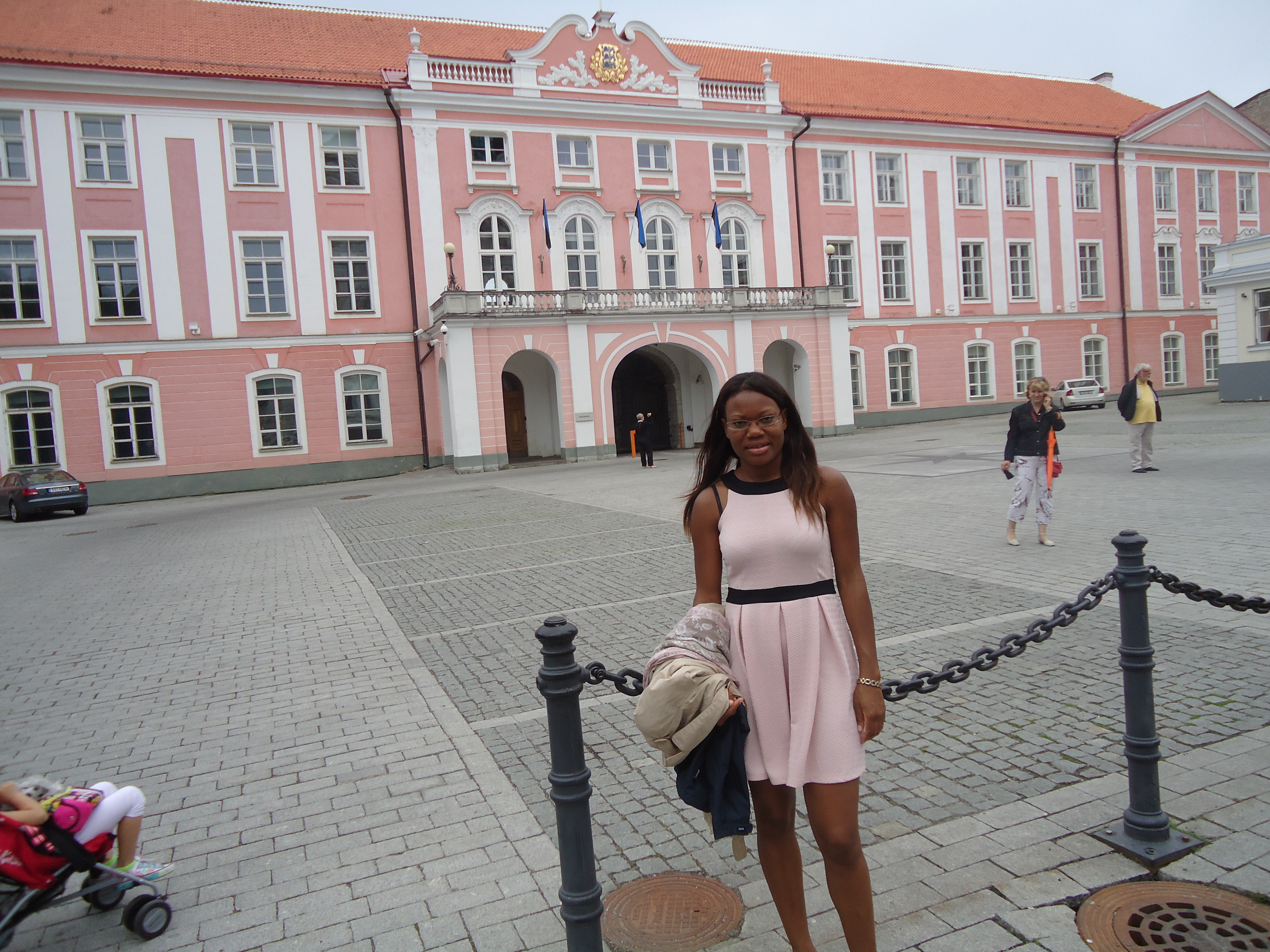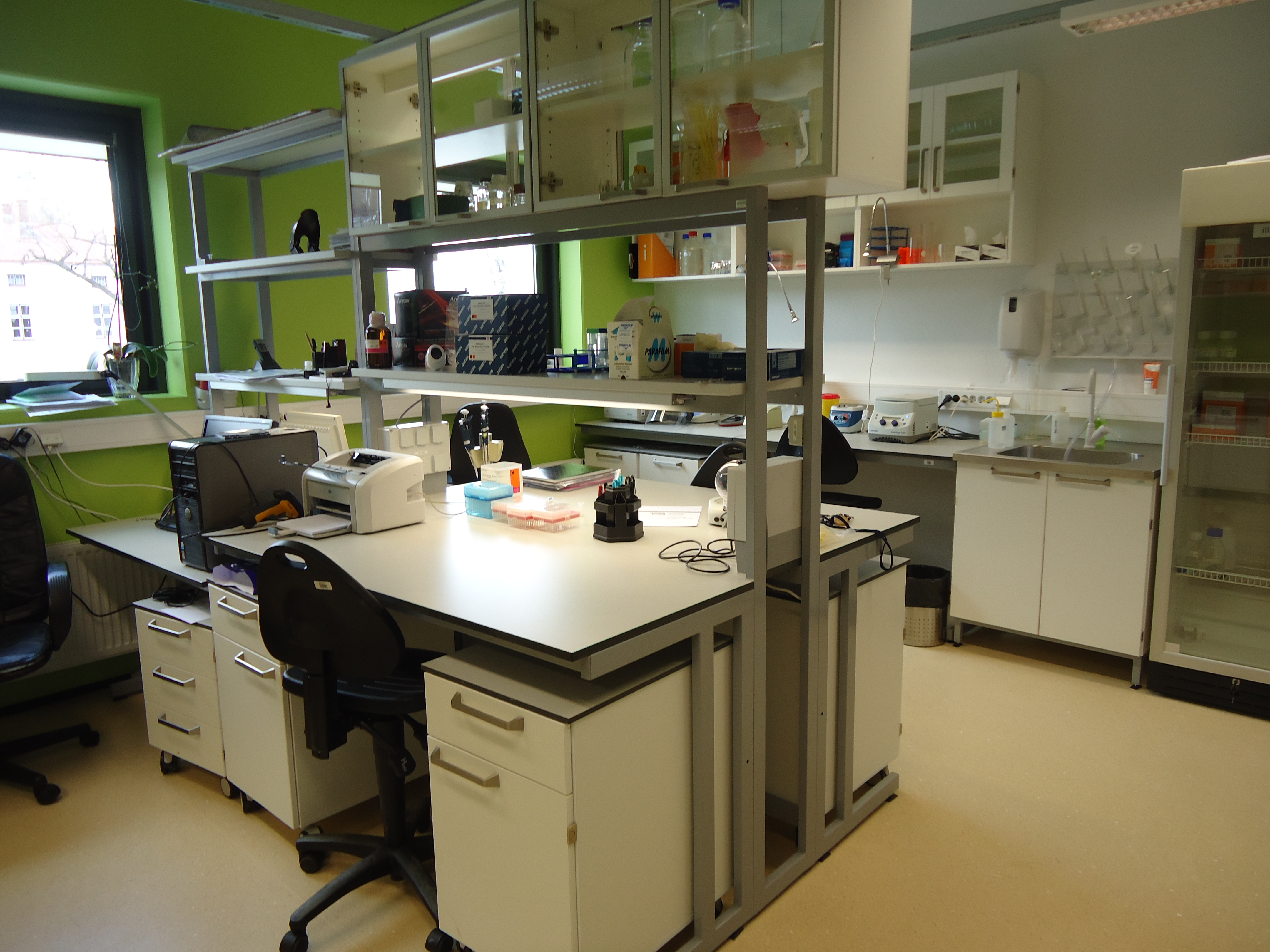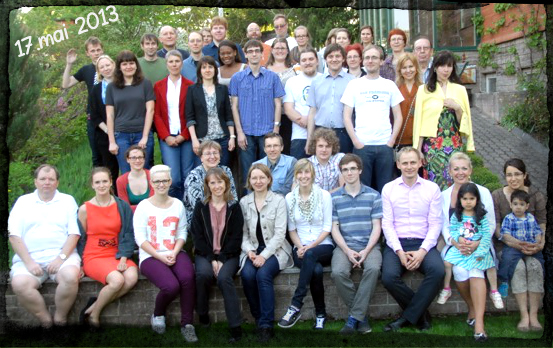As I’m writing this I’m on the train back to Southampton and its almost 1am. The reason I’m coming home so late is not frivolous first year party escapades, rather it’s a late night in the sleep laboratory in Portsmouth. And that’s one of the reasons I’m here – to experience the running of sleep laboratories in an international context.
The sleep laboratory at the University of Cape Town is brand new. We managed to build it when our department moved from one side of the campus to the other. It has a control room, two dedicated sleep study rooms complete with beds, polysomnographs, intercoms and cameras. Members of the UCT Sleep Sciences team have trained locally but it’s important to know that our lab meets international standards. I’m here in Southampton to check whether our laboratory set-up and techniques of electrode placement and scoring polysomnography are correct, and to pick up some tips.
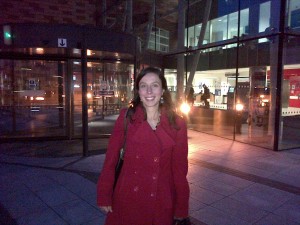
Queen Alexander Hospital, where I attended the night-time sleep studies and outpatients sleep clinic.
My experiences here so far have been incredibly positive. I’ve met with Dr Cathy Hill who is taking me under her wing to show me the world of clinical sleep disorders in children. I’m attending her clinic and a sleep course she’s giving later in my month’s stay. I am also going to get involved in writing a paper on sleep at high altitude and whether this affects cognitive functioning. I’ve also been working with the sleep technologist at Cathy’s laboratory – Johanna, who has been wonderful in helping me go through sleep scoring.
And now I’ve been to the Queen Alexander Hospital’s laboratory, which also sees clinical patients. There I’ve been working with a technologist, who’s actually from my home country, South Africa. We’ve been in the laboratory together doing sleep polysomnographic set-up. I’ve picked up some handy tips and have also been reassured that what I know is indeed useful. Furthermore I’ve started to do some work with Dr Hazel Everit and a number of other collaborators on a Chochrane review of anti-depressant treatment in insomnia.
The team here at the University of Southampton has been incredibly welcoming and supportive. Professor Baldwin has shown me around and introduced me to many of his colleagues, and facilitated lots of meetings, case presentations and journal and film club meetings, which have been wonderfully stimulating.
Another big part of my time here is spent with Professor Baldwin seeing clinical psychiatric outpatient cases, which has been extremely valuable. As part of my clinical training back home, I’m seeing patients with brain injury. However, I don’t get to see a lot of psychiatric cases, so this exchange is filling an important clinical gap for me. I’m seeing a variety of cases including individuals who are diagnosed with anxiety and mood disorders. I may also see patients with psychotic disorders as well as observe a session of ECT (electro-convulsive therapy).
On a personal front I’ve also managed to catch up with some family here – taking long walks in the British countryside. We even managed to get a good day of whether in – perfectly sunny skies.
So far it’s been an exciting time! Looking back at the 10 days I’ve been here I can’t believe how much has happened already and I’m excited for the upcoming 18 days – its certainly
going to be busy – just the way I like it!
– Gosia

